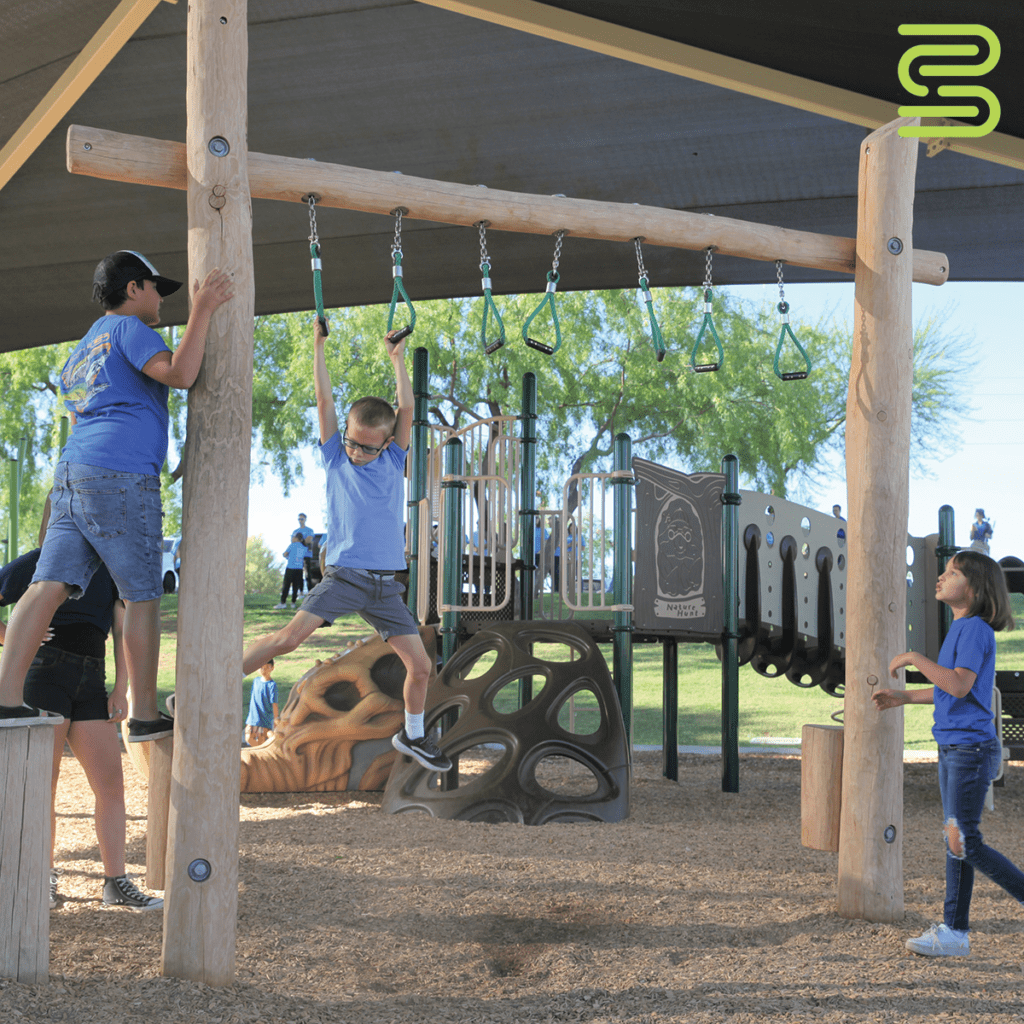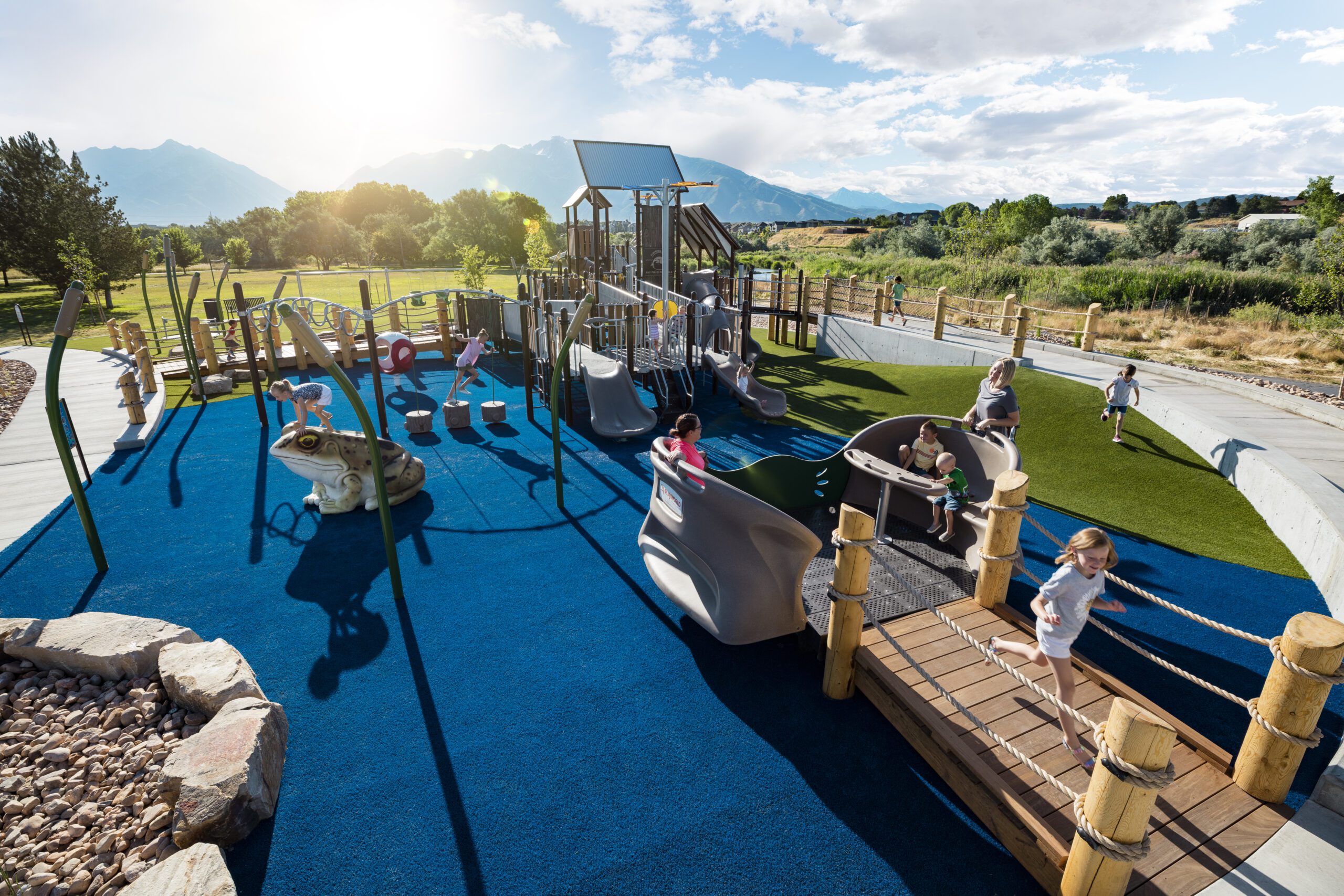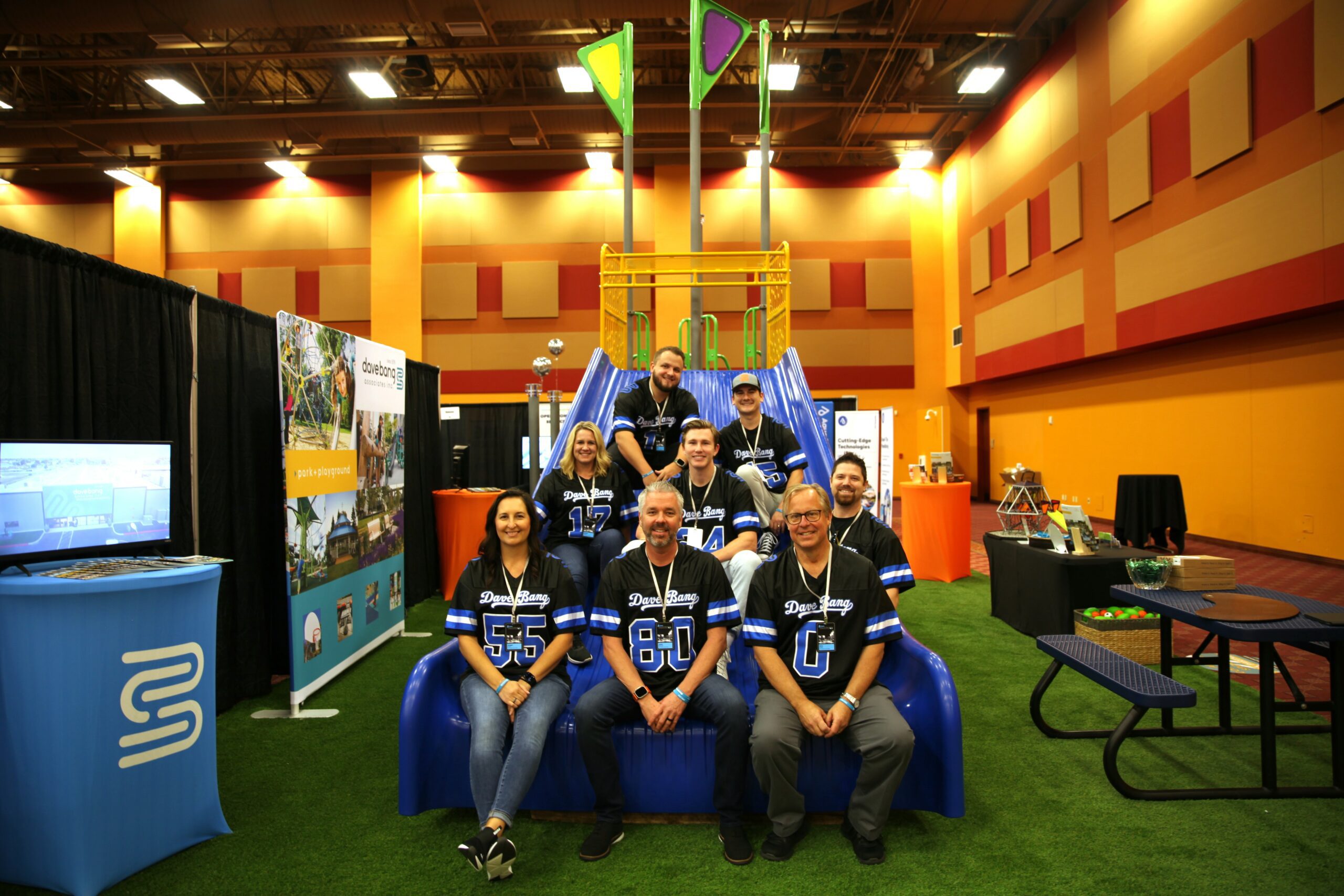Designing Parks for All Ages: Creating Spaces for Children, Teens, and Adults
Parks are more than just recreational spaces; they’re communal hubs that cater to people of all ages. Designing parks that appeal to children, teenagers, and adults requires a thoughtful approach that integrates diverse needs and interests. Let’s explore how park design can be inclusive and engaging for every age group.
Play Areas for Children: Discuss the importance of age-appropriate play structures, safety measures, and interactive elements that stimulate imagination and physical activity. Highlight the significance of incorporating elements like sandboxes, swings, climbing structures, and sensory experiences that cater to different developmental stages.
Teen-Friendly Zones: Explore the design elements that resonate with teenagers, such as skate parks, sports courts, open spaces for social gatherings, and areas for creative expression like graffiti walls or interactive art installations. Discuss the role of technology integration in providing spaces for digital interactions or music.
Spaces for Adult Relaxation and Recreation: Highlight the significance of walking paths, fitness stations, outdoor gyms, shaded seating areas, and community gardens that encourage relaxation, physical activity, and socialization among adults. Emphasize the importance of inclusive designs that accommodate various fitness levels and abilities.
Integrated Spaces for All Ages: Explore the concept of cohesive park design where different age groups can interact and engage together. Discuss the benefits of multi-generational spaces like family picnic areas, mixed-use trails, and games that encourage interaction between children, teens, and adults, fostering a sense of community.
Community Input and Collaboration: Highlight the importance of involving the local community in the design process. Discuss the benefits of gathering feedback from residents of different age groups to ensure that the park meets their needs and desires, fostering a sense of ownership and pride in the community.
Designing parks that cater to people of all ages is a complex yet rewarding endeavor. By considering the diverse needs and interests of children, teenagers, and adults, parks can become vibrant spaces that promote community engagement, physical activity, and social interaction, fostering a healthier and happier society.





